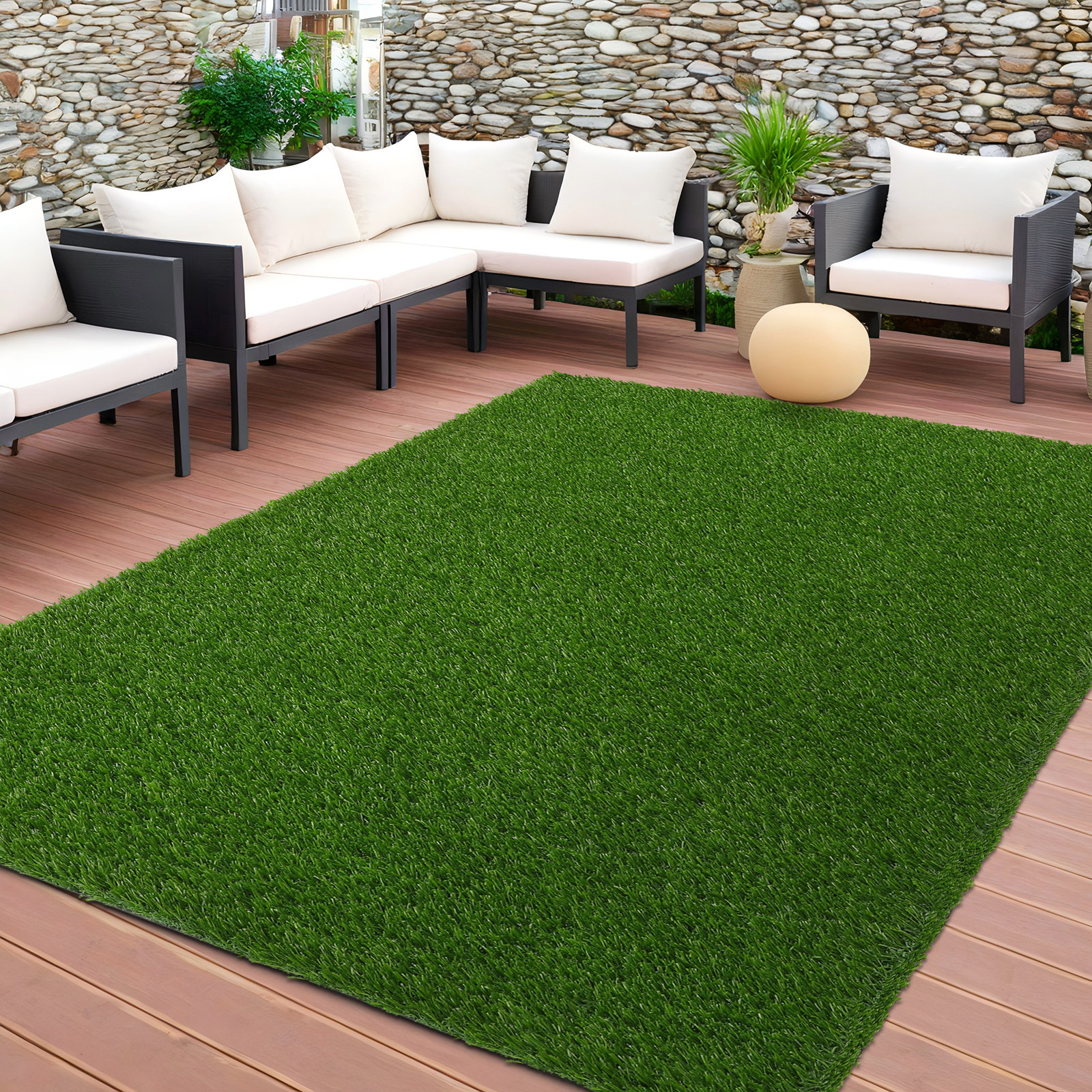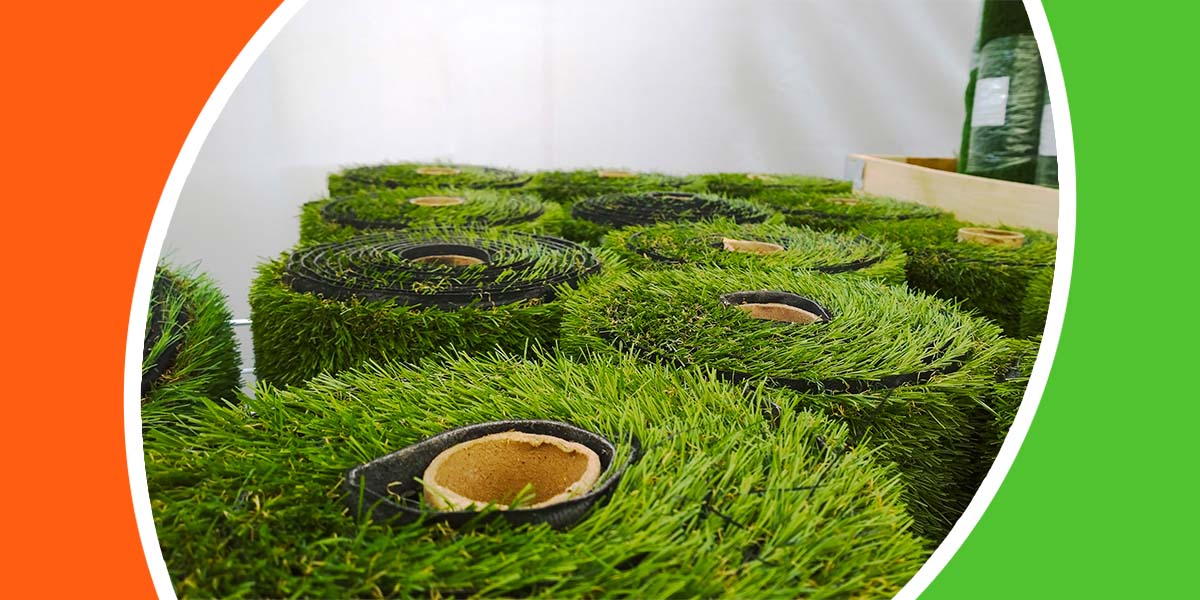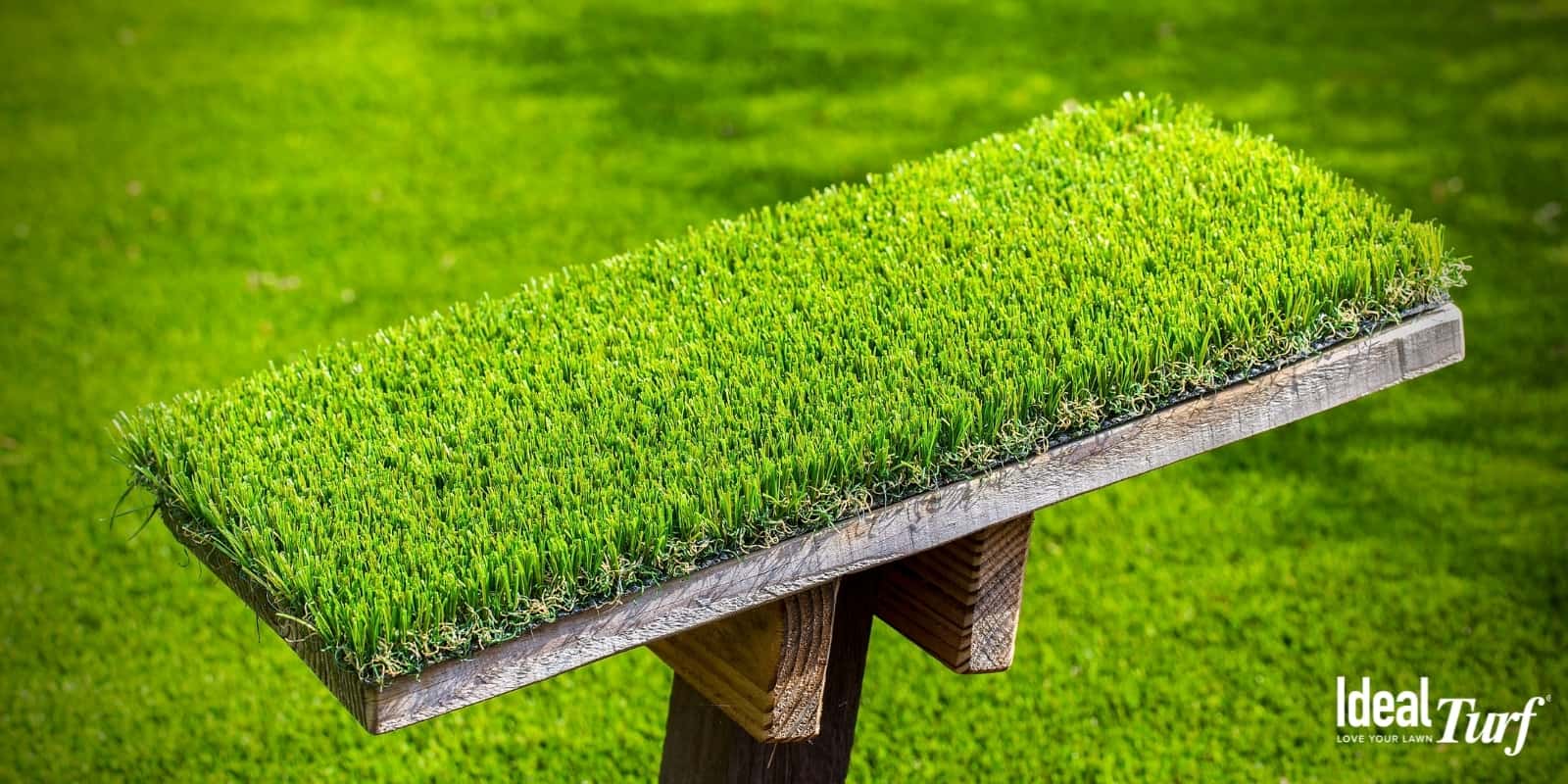Discover the Most Trusted Artificial Turf Companies Phoenix for Your Home or Commercial Space
Discover the Most Trusted Artificial Turf Companies Phoenix for Your Home or Commercial Space
Blog Article
Explore the Environmental Benefits of Opting for Synthetic Grass Solutions
The adoption of fabricated grass solutions offers a compelling possibility to address pressing ecological challenges. By considerably minimizing water usage and reducing the application of hazardous chemicals, these options not only advertise lasting landscaping but also secure neighborhood ecosystems.
Water Preservation Perks
One of the most substantial benefits of fabricated grass is its ability to preserve water. In comparison, synthetic lawn does not require watering, significantly decreasing the overall demand for water sources.
By getting rid of the requirement for normal watering, fabricated grass adds to sustainable landscape practices and aids mitigate the ecological impact of extreme water intake. The conservation of water prolongs to the decrease of drainage, which can lead to dirt erosion and river air pollution.
Additionally, the installation of artificial turf allows districts and home owners to allot water sources a lot more efficiently, concentrating on vital uses such as drinking water and agriculture. The shift in the direction of synthetic grass not just advertises liable water usage yet also lines up with wider environmental objectives targeted at protecting all-natural resources.
As neighborhoods significantly focus on sustainability, the water conservation advantages of synthetic grass offer a compelling case for its fostering in industrial and residential landscape design projects.
Reduced Chemical Use
The change to synthetic grass substantially decreases the dependence on chemical treatments typically used in all-natural lawn upkeep. Typical grass management generally involves the application of herbicides, fertilizers, and chemicals to promote development and control bugs. These chemicals can position threats to human health and wellness, local wildlife, and the environment, adding to dirt and water contamination.
In contrast, man-made lawn removes the demand for these unsafe substances. By reducing the launch of synthetic compounds right into the ecological community, artificial turf advertises healthier soil and water systems.
Furthermore, the absence of chemical overflow linked with synthetic grass installations aids safeguard local rivers from air pollution, supporting aquatic life and maintaining biodiversity. Phoenix turf companies. As areas significantly focus on sustainable practices, choosing synthetic turf offers a practical service that aligns with environmental conservation objectives. With this shift, homeowner can appreciate lavish environment-friendly rooms without compromising ecological wellness, leading the way for a more lasting future
Lower Carbon Impact

Additionally, the installation of synthetic grass can cause substantial water preservation. All-natural yards need substantial quantities of water for irrigation, which not only includes to the carbon footprint related to water removal and therapy but likewise strains neighborhood water sources. In contrast, synthetic grass requires minimal maintenance, needing no watering, consequently site significantly minimizing water use and its linked power expenses.
In addition, the longevity of synthetic grass contributes to its lower carbon influence. With a lifespan of her latest blog up to 15 years or more, the demand for frequent replacements is decreased, resulting in much less waste and reduced power intake in production and taking care of traditional turf alternatives. Generally, synthetic grass presents a sustainable choice for ecologically mindful landscaping.
Environment Conservation
Environment preservation is an important factor to consider in the dispute over landscape design options, particularly when contrasting synthetic grass to natural yard. All-natural grass yards often require extensive upkeep, consisting of making use of herbicides, fertilizers, and chemicals, which can adversely influence regional ecological communities. These chemicals can seep right into the dirt and waterways, damaging indigenous flora and fauna and disrupting neighborhood habitats.
Synthetic lawn eliminates the requirement for harmful chemicals, thus safeguarding neighboring wild animals and keeping the honesty of bordering communities. The setup of artificial grass can lead to the conversion of former turf locations right into even more biodiverse landscapes, such as pollinator gardens or native plant areas, which can sustain local wildlife.
Eventually, the change to man-made lawn not just preserves water and lowers upkeep initiatives yet likewise cultivates a much more unified partnership in between human activities and the natural surroundings, advertising environment preservation at the same time.
Long-Term Sustainability
Lasting sustainability is an essential factor in reviewing the benefits of fabricated lawn over conventional lawn yards. One of one of the most substantial benefits of synthetic lawn is its sturdiness; it can last approximately 15-20 years with marginal maintenance, whereas natural lawn requires frequent reseeding and replacement. This longevity decreases the need for constant sources, such as water, fertilizers, and chemicals, which are essential for maintaining a healthy and balanced grass yard.
Additionally, synthetic grass adds to a decrease in discover this info here carbon emissions associated with yard treatment tools. Traditional grass commonly call for gas-powered mowers, leaners, and blowers, all of which add to air pollution. Arizona artificial turf. In comparison, synthetic turf removes the demand for such devices, promoting a cleaner environment
Furthermore, the production of synthetic grass significantly uses recycled products, improving its sustainability profile. As manufacturers take on eco-friendly methods, the ecological footprint of synthetic grass continues to decrease.

Verdict
The fostering of synthetic grass options offers substantial environmental advantages, including substantial water conservation, lowered dependence on damaging chemicals, and a reduced carbon footprint. Furthermore, fabricated lawn help in maintaining all-natural environments by lessening land disruption and advertising long-term sustainability via making use of durable products. Collectively, these factors underscore the possibility of synthetic grass to add positively to environmental wellness and use a sensible option to standard landscaping methods in a progressively resource-conscious globe.
In comparison, fabricated lawn does not require watering, substantially minimizing the overall need for water sources. By minimizing the launch of synthetic substances right into the community, synthetic lawn advertises healthier soil and water systems.
Additionally, the installation of synthetic turf can result in significant water conservation. In comparison, artificial lawn needs very little maintenance, calling for no watering, thus significantly minimizing water use and its connected power expenses.

Report this page